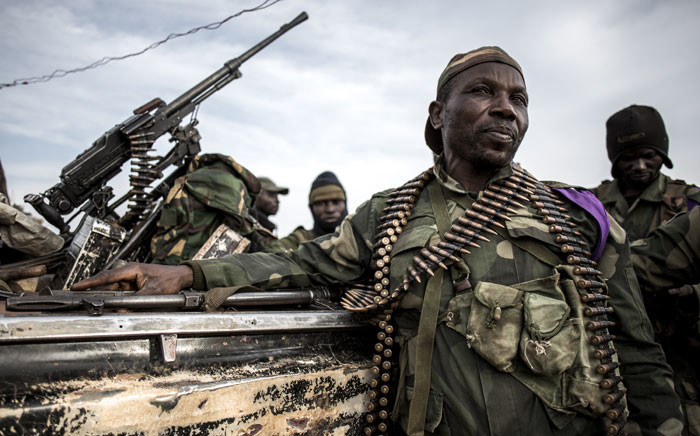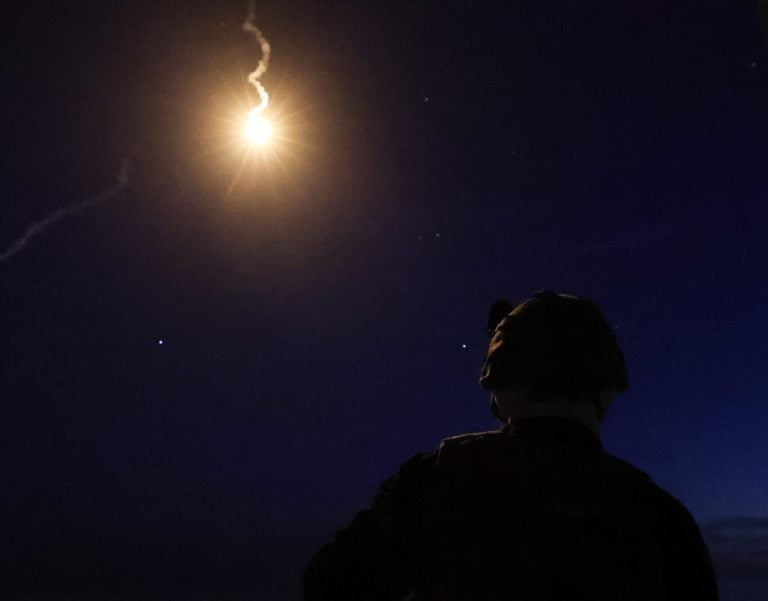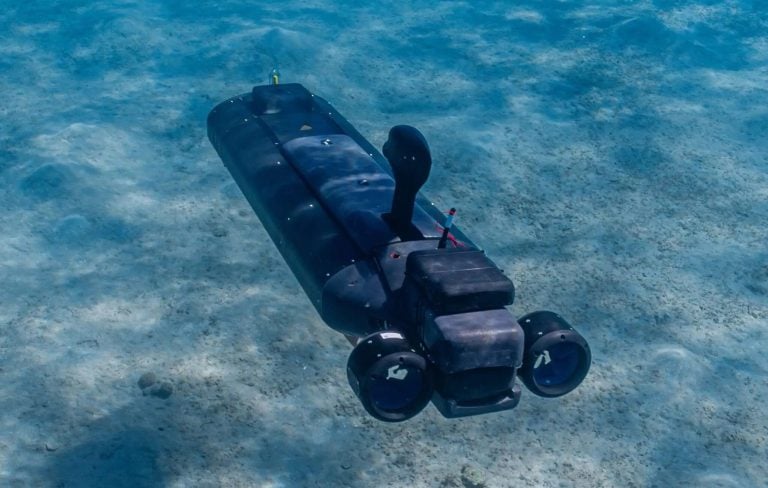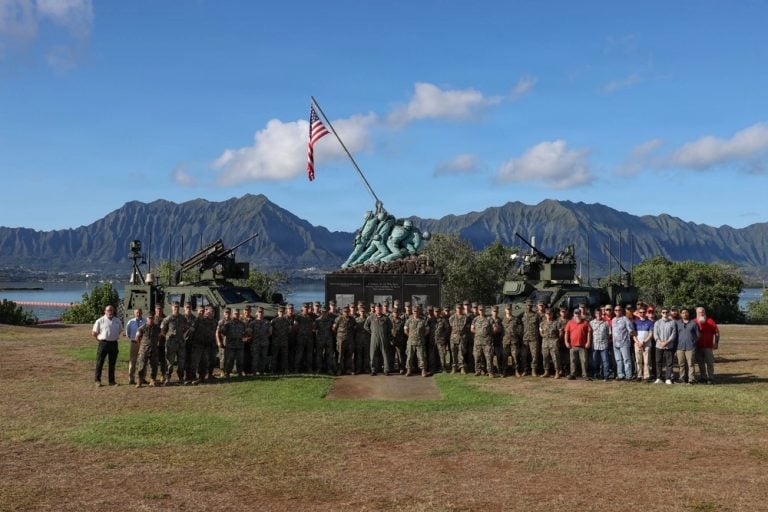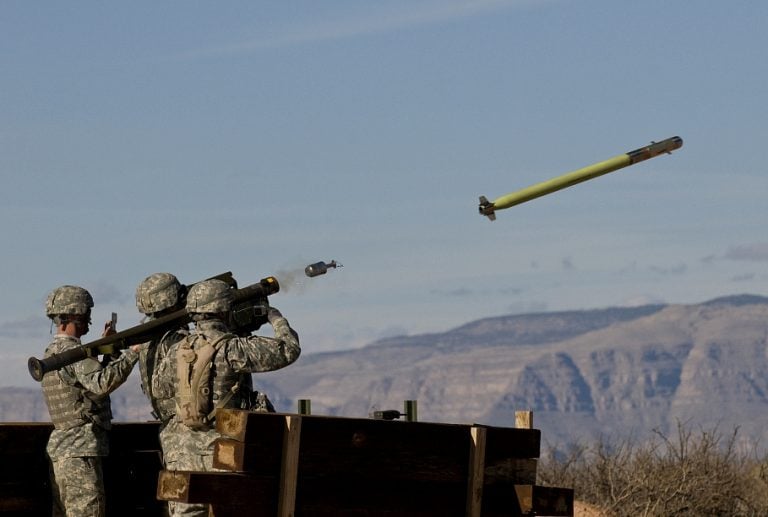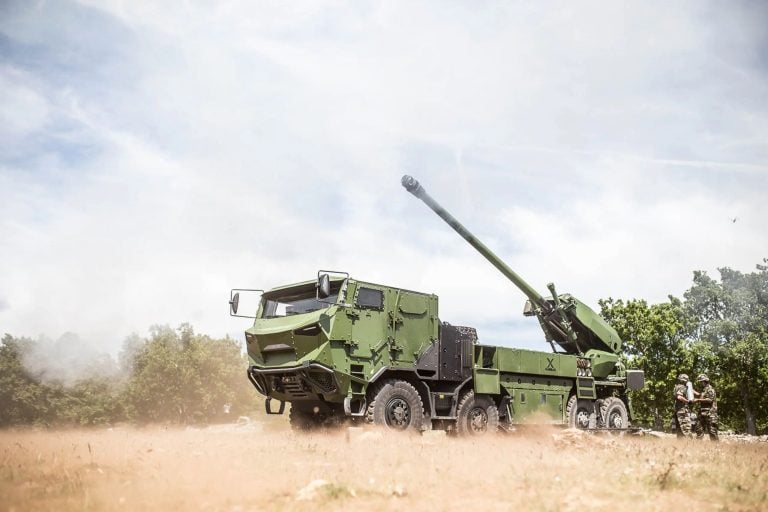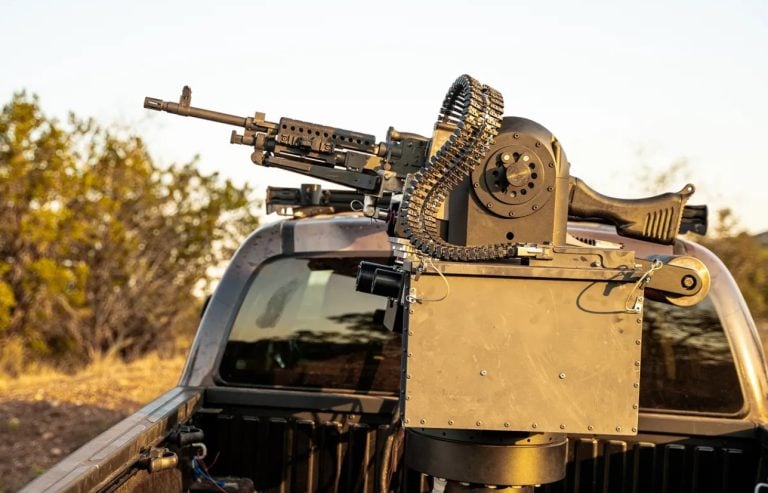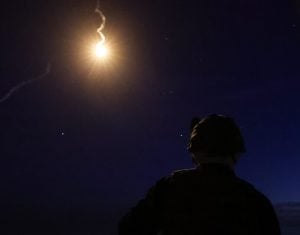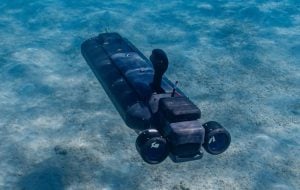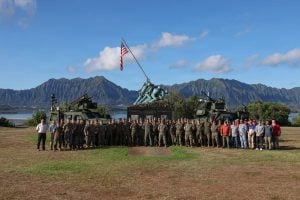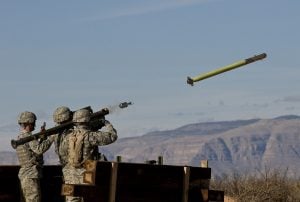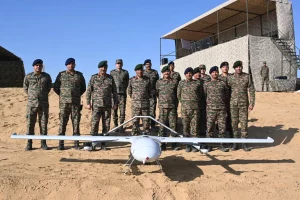In a significant move amidst ongoing tensions in the eastern Democratic Republic of Congo (DRC), the Rwandan-backed armed group M23 has declared a humanitarian “ceasefire” effective from Tuesday. This announcement comes just days before a pivotal crisis meeting between Congolese President Felix Tshisekedi and Rwandan President Paul Kagame, aimed at addressing the escalating conflict in the region.
Recently, the M23, in coordination with Rwandan troops, seized control of Goma, the provincial capital of North Kivu, a resource-rich area that has been embroiled in conflict for over thirty years. While fighting has currently ceased in Goma, clashes have erupted in the neighboring province of South Kivu, raising concerns about a possible M23 advance towards its capital, Bukavu.
The political-military coalition known as the Alliance Fleuve Congo, which includes the M23, released a statement late on Monday confirming the ceasefire and asserting no plans to take control of Bukavu or any other localities. This claim comes despite previous statements from the M23 indicating intentions to advance toward Kinshasa, the Congolese capital. Over the past three years, the region has experienced multiple ceasefires and truces, all of which have typically been broken shortly after their announcement.
The Kenyan presidency has indicated that Tshisekedi and Kagame will participate in a joint extraordinary summit of the East African Community (EAC) and the Southern African Development Community (SADC) scheduled for Saturday in Dar es Salaam, Tanzania. This summit reflects growing concerns of a regional confrontation, leading the 16 member countries of SADC to call for collaboration with the eight nations of the EAC.
A local source from Bukavu reported a sense of calm in the city but also noted that the M23 seems to be reorganizing its forces, suggesting that they are reinforcing troops and weaponry in preparation for potential engagements now that activity has calmed in Goma.
Meanwhile, in South Africa, President Cyril Ramaphosa has reaffirmed his commitment to supporting the DRC, dismissing growing calls for the withdrawal of South African troops after the recent deaths of 14 soldiers. Most of these individuals were part of a force dispatched to eastern DRC in 2023 as part of SADC efforts. Ramaphosa emphasized that a ceasefire is essential for initiating peace talks that include all conflict stakeholders. He championed diplomacy as the most viable route to achieving enduring peace in the DRC.
The rhetoric between Ramaphosa and Kagame has escalated, with the Rwandan government spokesperson responding forcefully to South Africa’s commitment, accusing Pretoria of sending troops to engage in combat that targets Congolese citizens. Kagame has criticized the presence of South African troops, labeling them as “belligerents.”
An expert report from the United Nations last year suggested that Rwanda has deployed up to 4,000 troops in the DRC, purportedly to exploit mineral resources, thus establishing “de facto” control over the M23. The eastern DRC is known for its rich deposits of minerals such as coltan—essential for electronics manufacturing—and gold.
Rwanda has consistently denied military involvement with the M23 and instead accuses the DRC of supporting armed groups like the FDLR, which consists of factions responsible for atrocities during the 1994 Rwandan genocide. In contrast, South Africa leads the SADC force, which numbers approximately 1,300 troops, supplemented by contributions from Malawi and Tanzania.
Amidst these developments, the United States has announced a further reduction of staff at its embassy in Kinshasa, signaling international concern regarding stability in the region.
